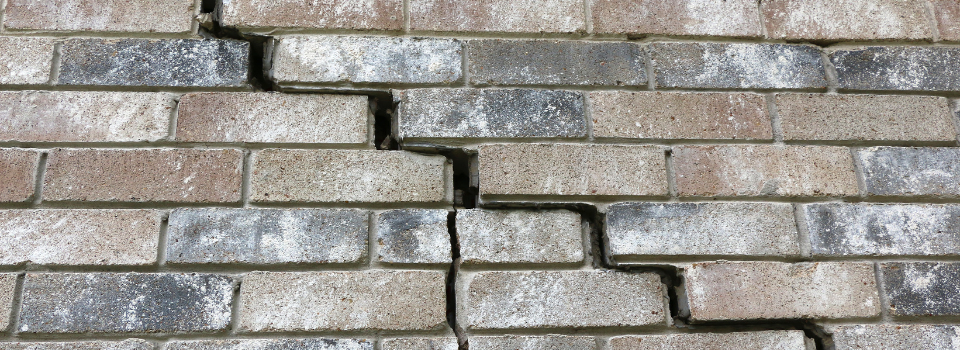
Each year sinking foundations, cracked and buckled walls, and cracked and uneven floors affect millions of families. Buildings situated on unstable soils will settle when the foundation is subjected to moisture or poor drainage. A shifting foundation could result in structural damage and potentially, a loss of your investment.
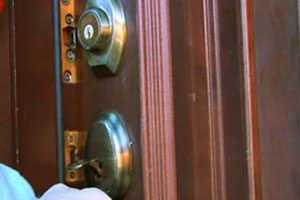
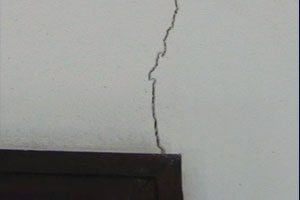
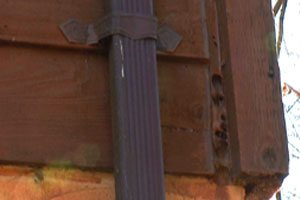
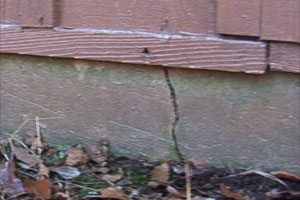
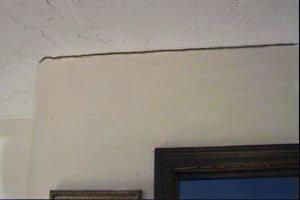
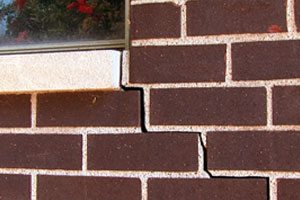
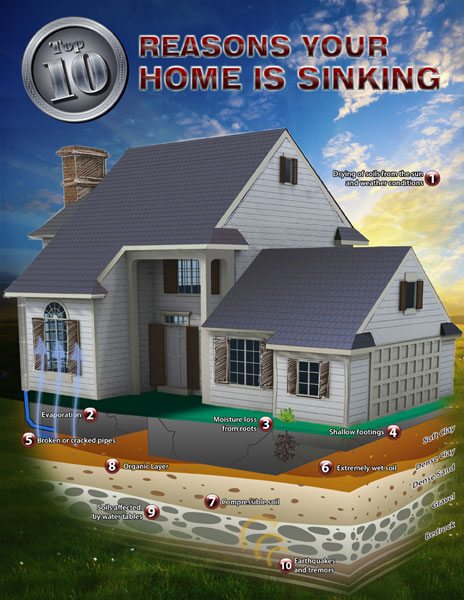
One of the most common causes of foundation movement is the shrinking and swelling of expansive soils. The degree of soil movement is determined by the amount of expansive material, and the variation of its moisture content. During the spring, when the moisture content of expansive soil increases, the soil swells. During the drier months when the moisture decreases, the soil shrinks, allowing foundations to settle. During wet periods, foundations return to their desired elevation. Sometimes, the soil will swell enough to raise foundations higher than their desired elevation, which is referred to as upheaval.
Find a certified PierTech™ installer nearest to you.